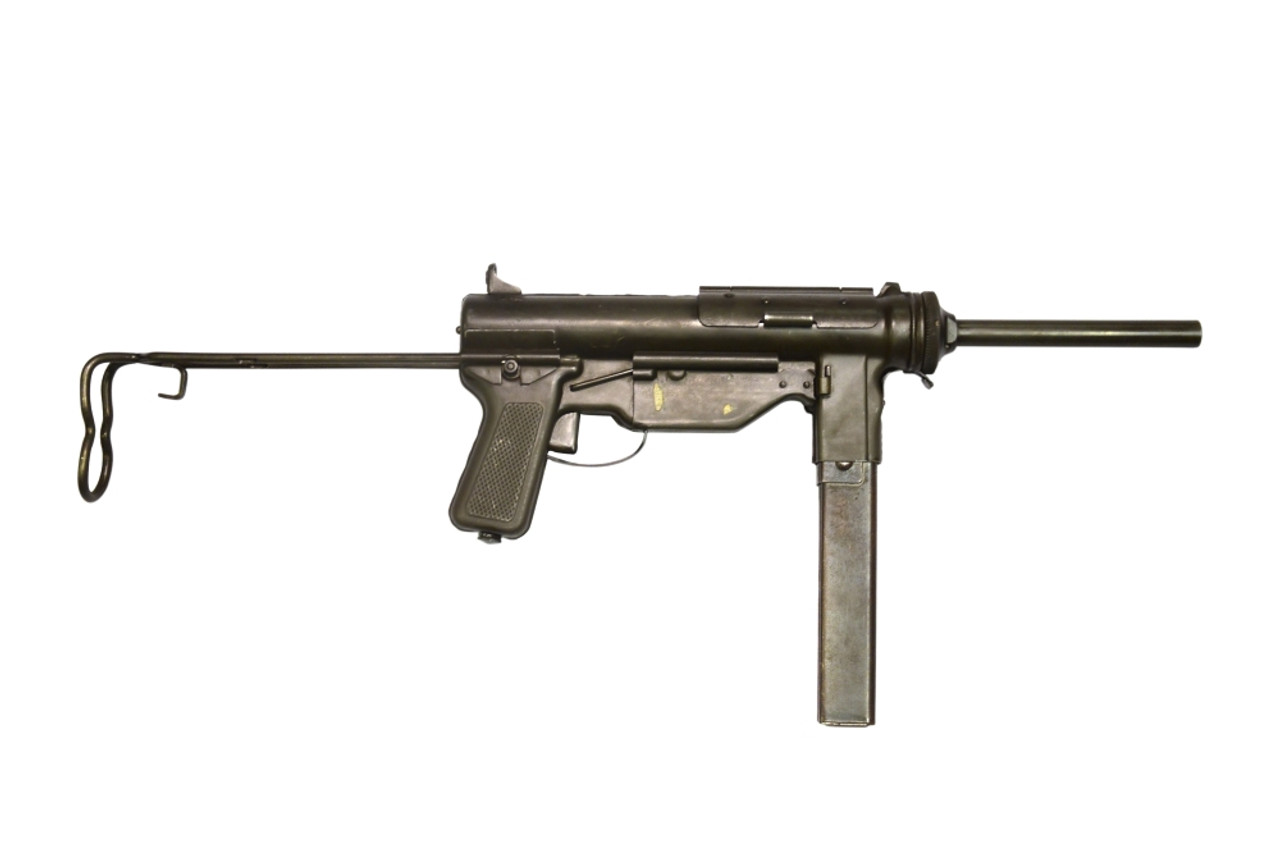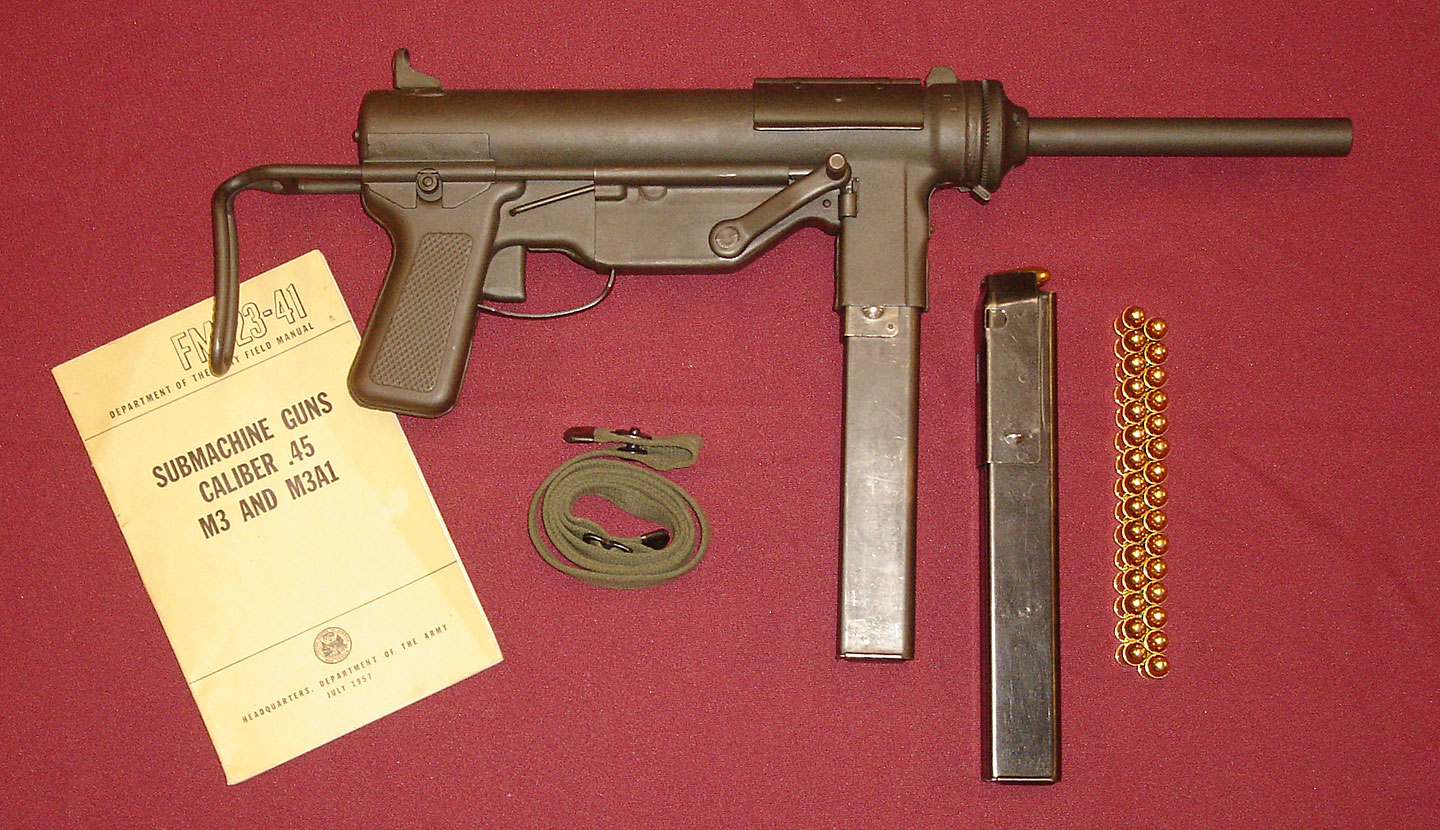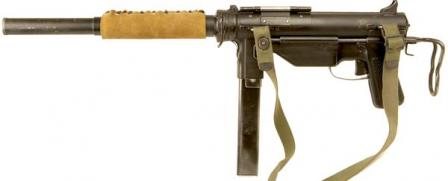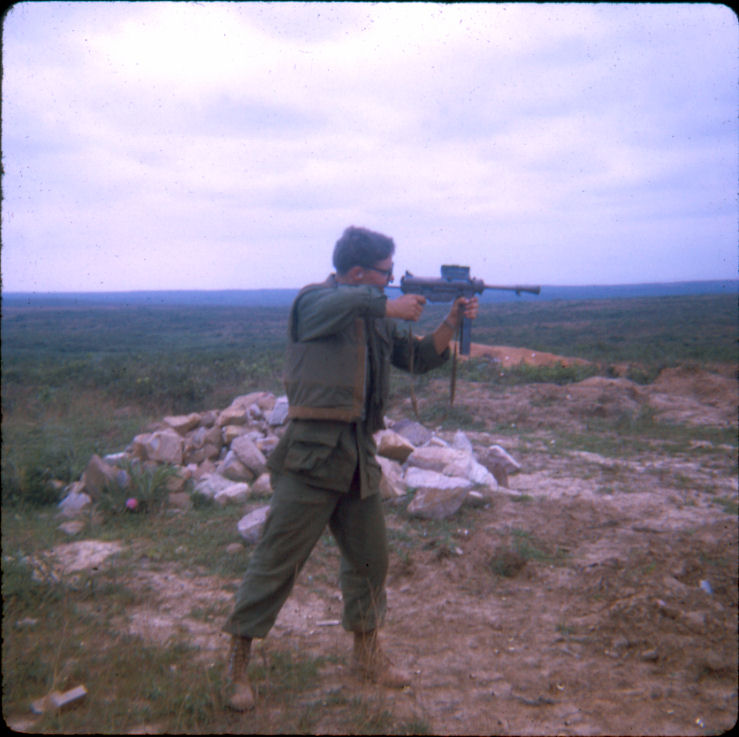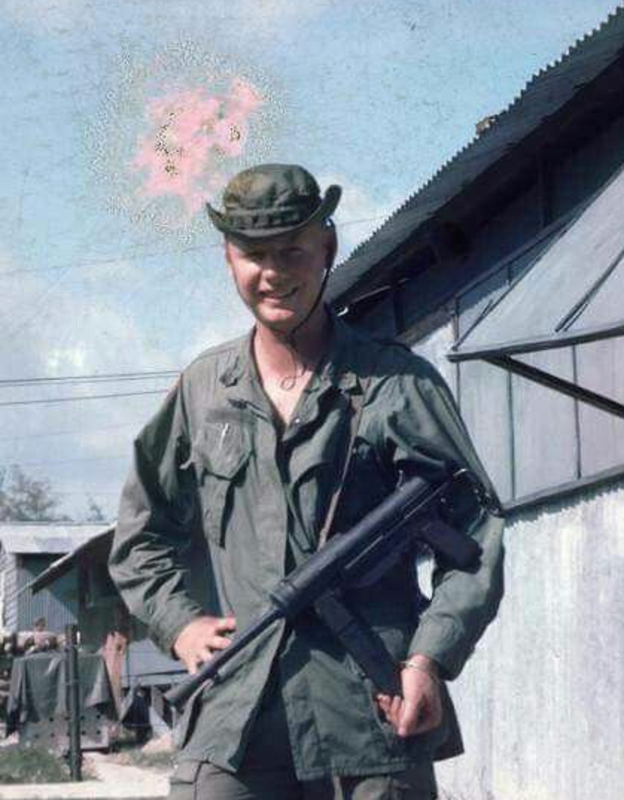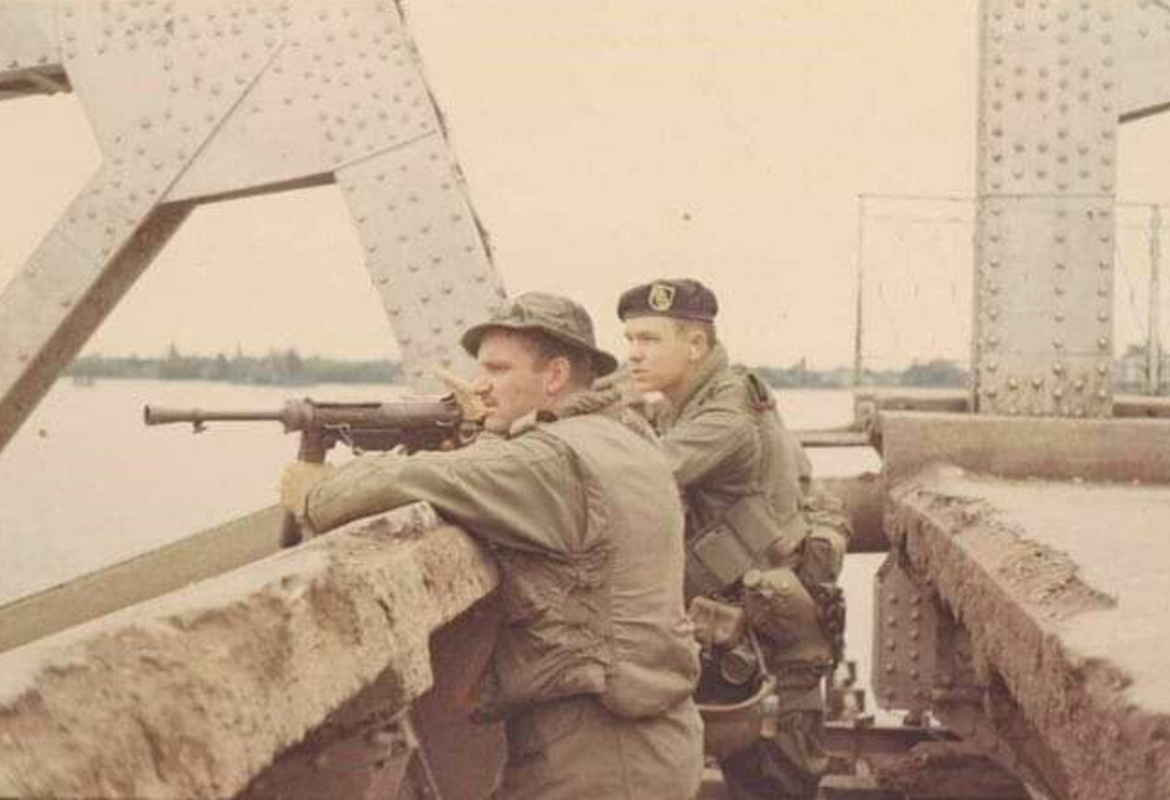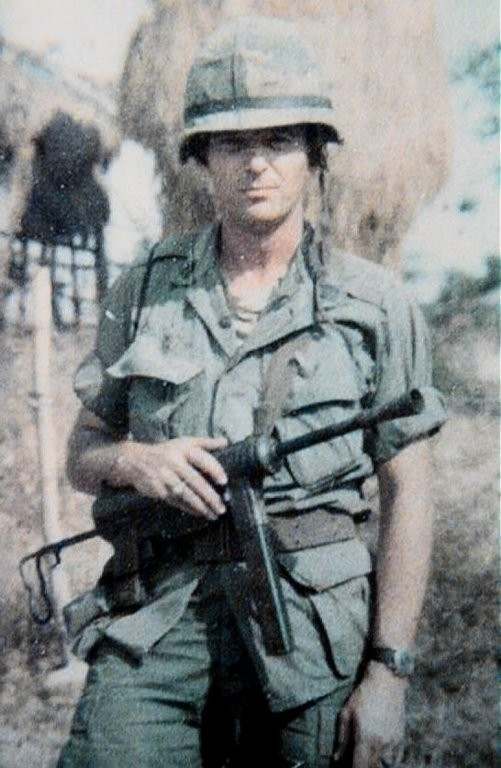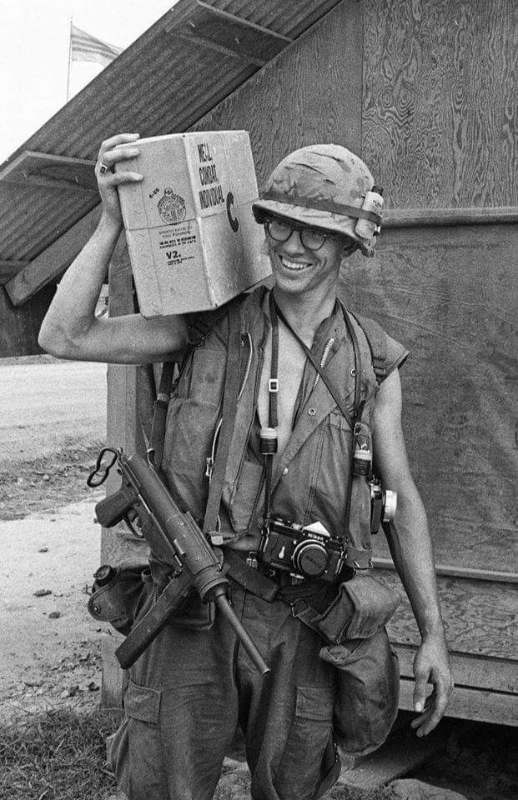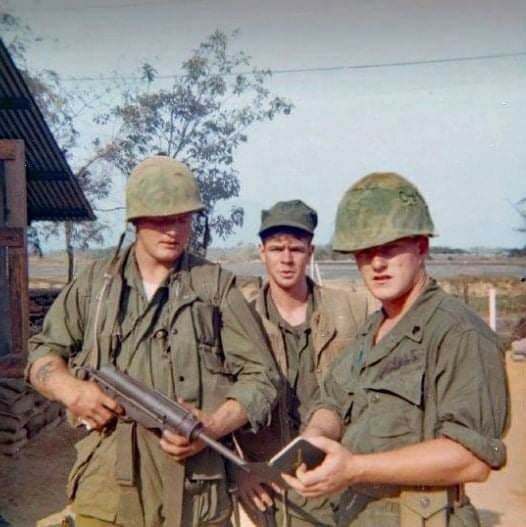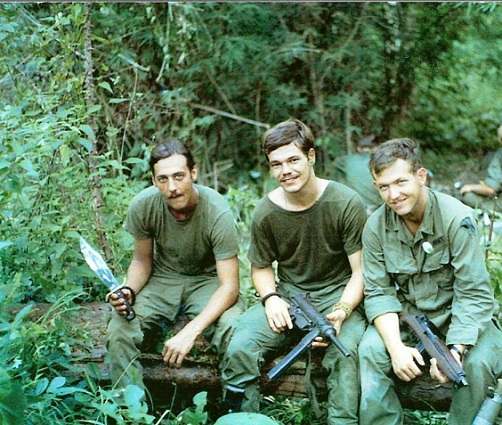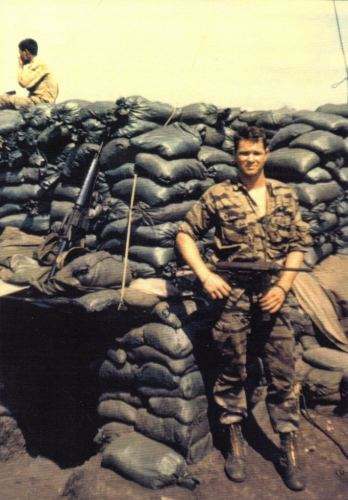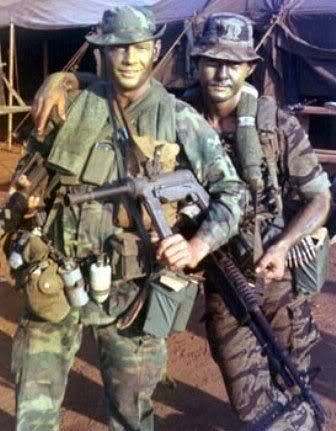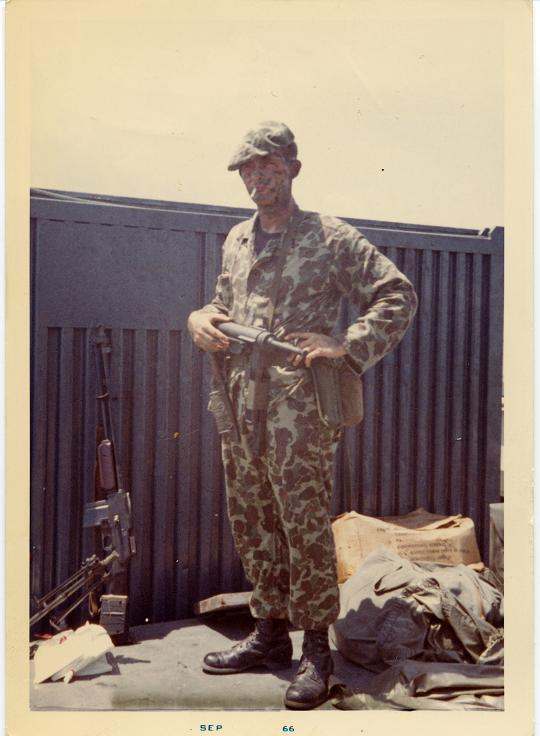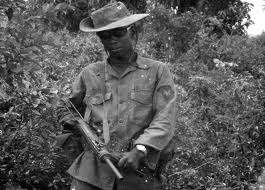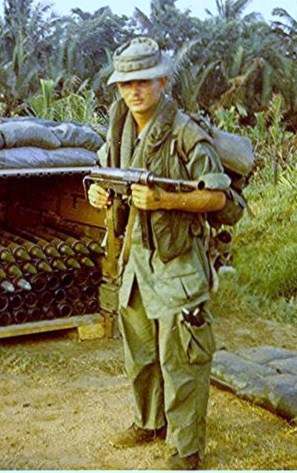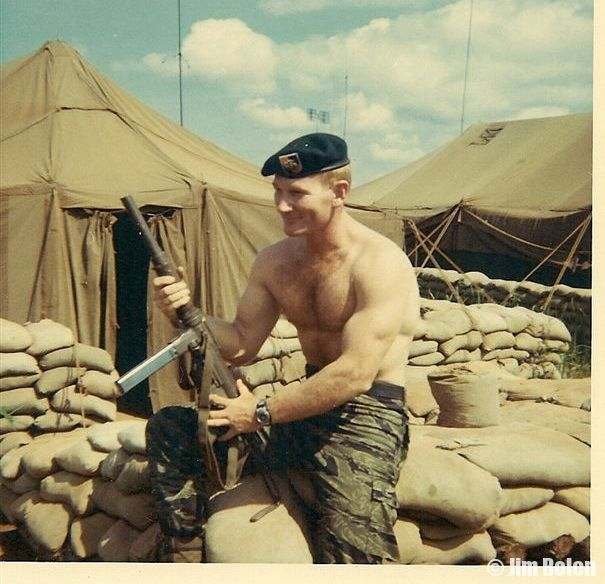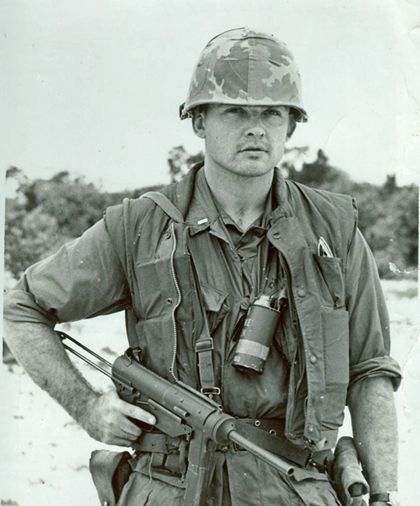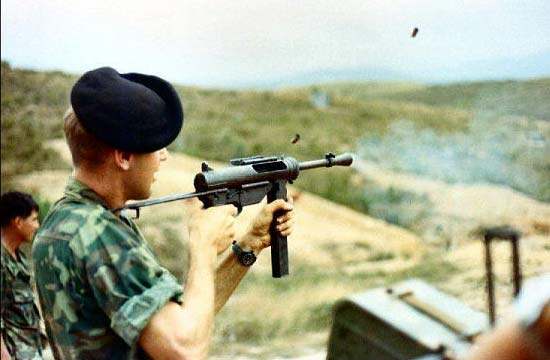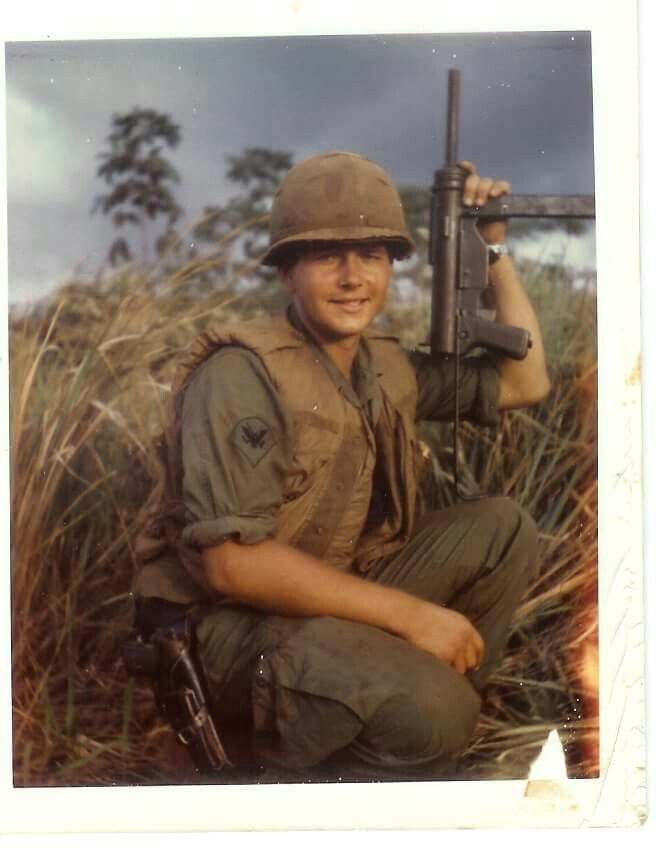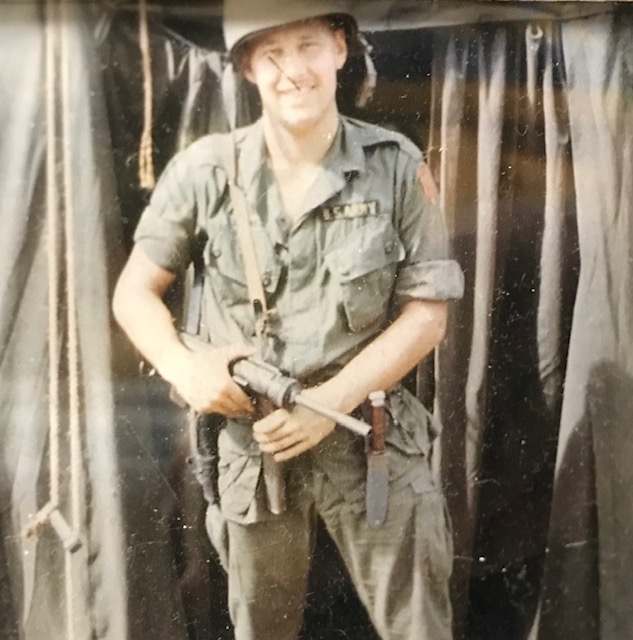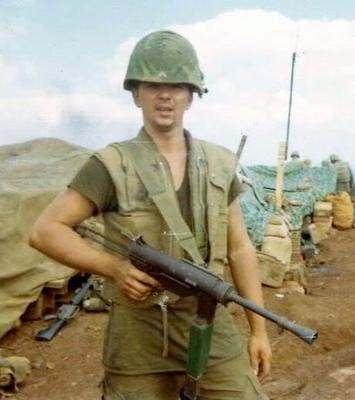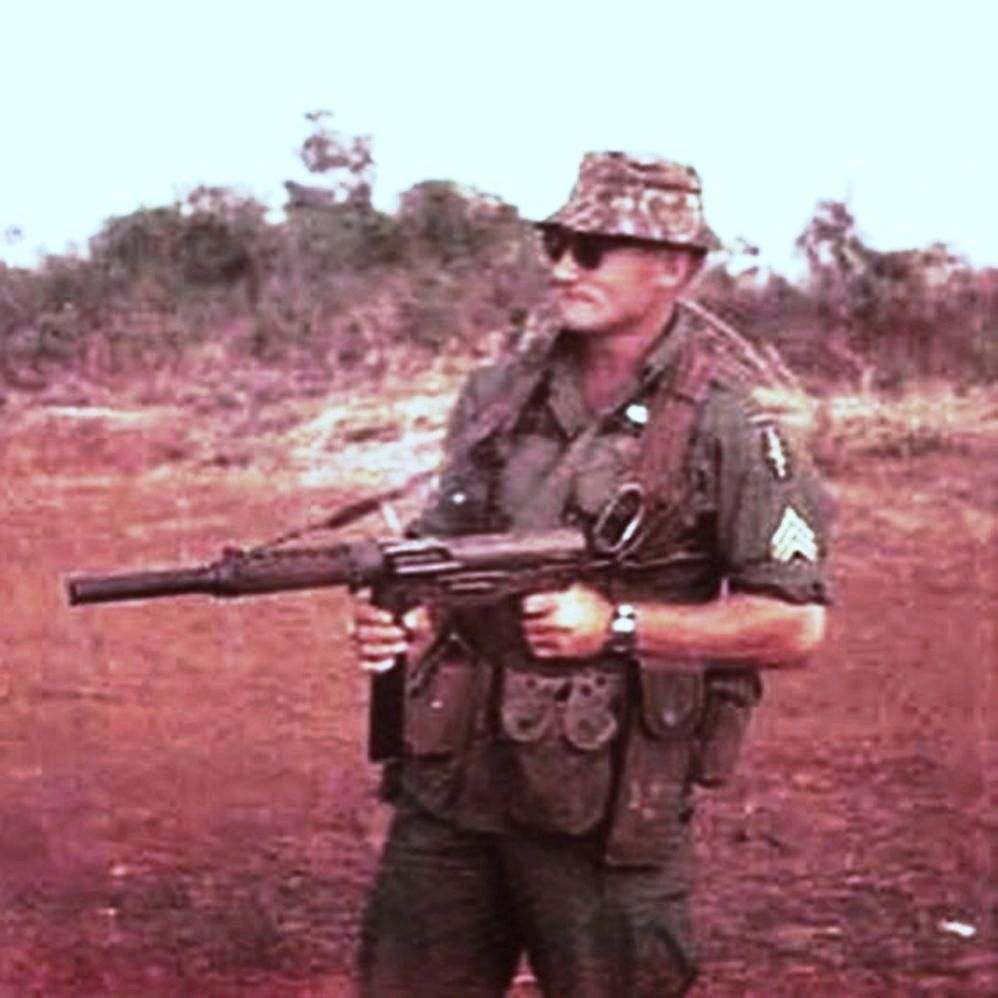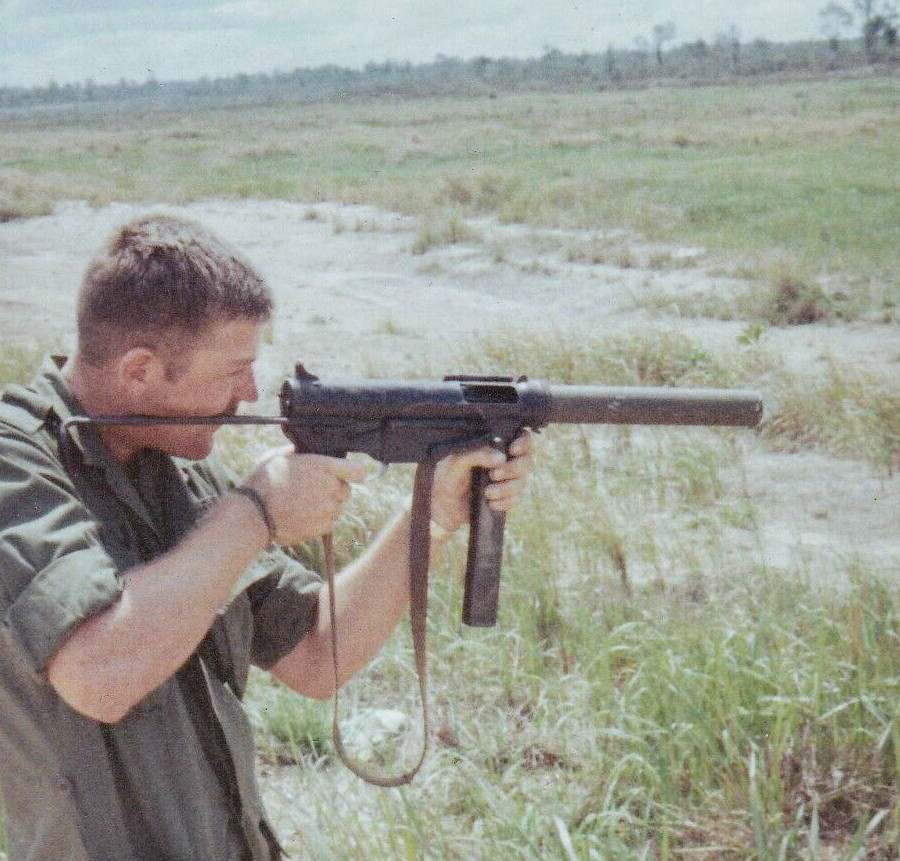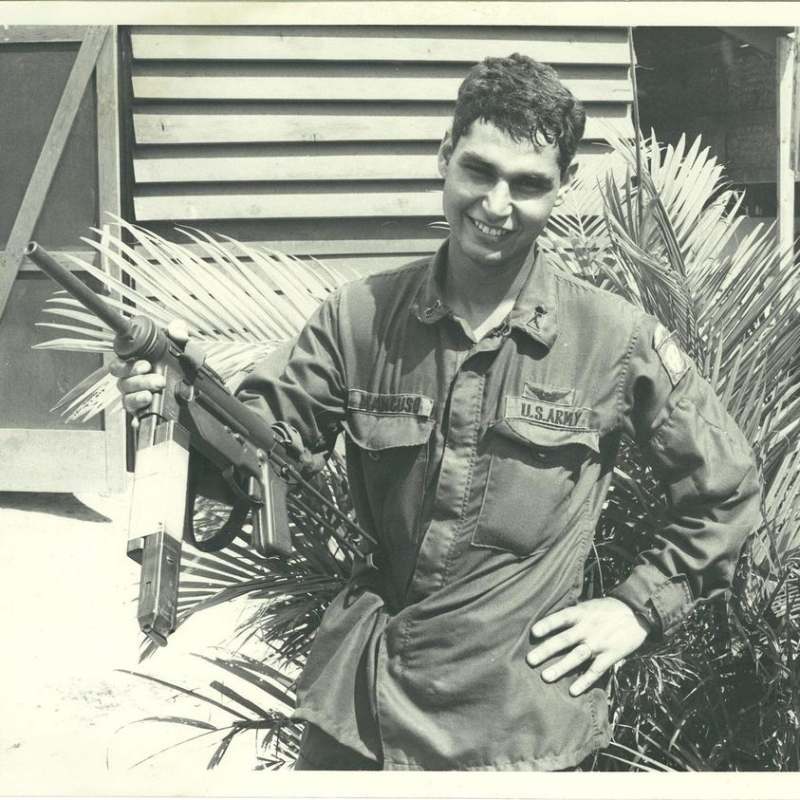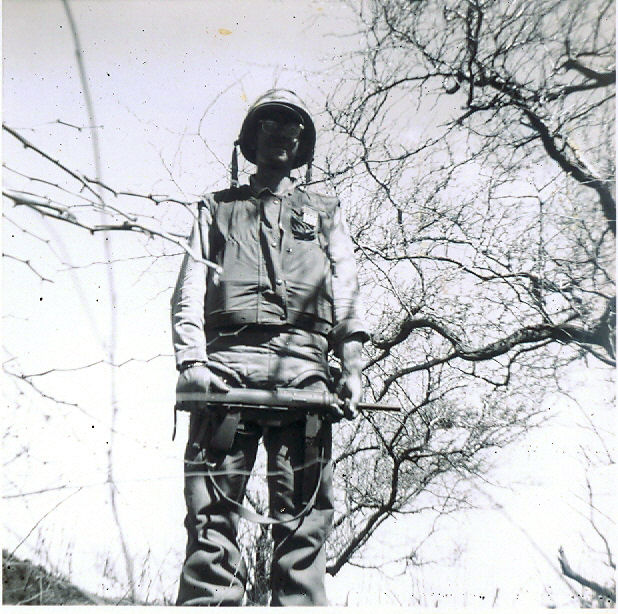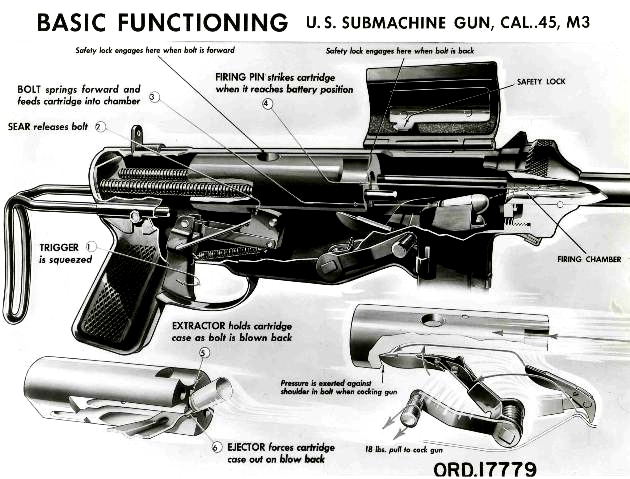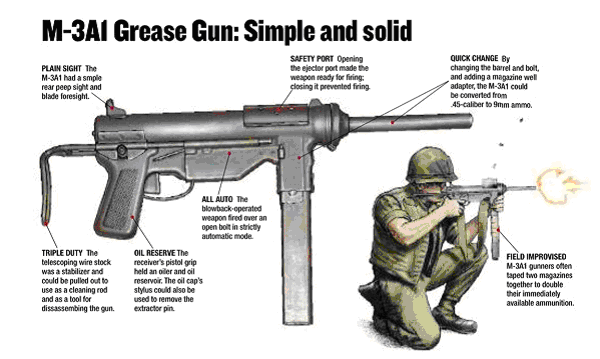M3A1 Grease Gun
| Factions | Weapon | Icon | Classes | Ammo |
|---|---|---|---|---|
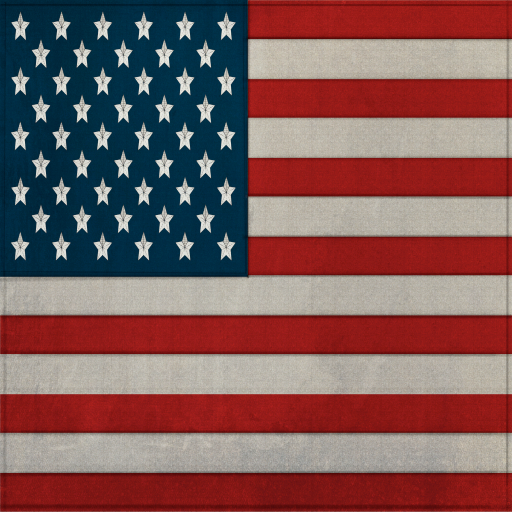 US |
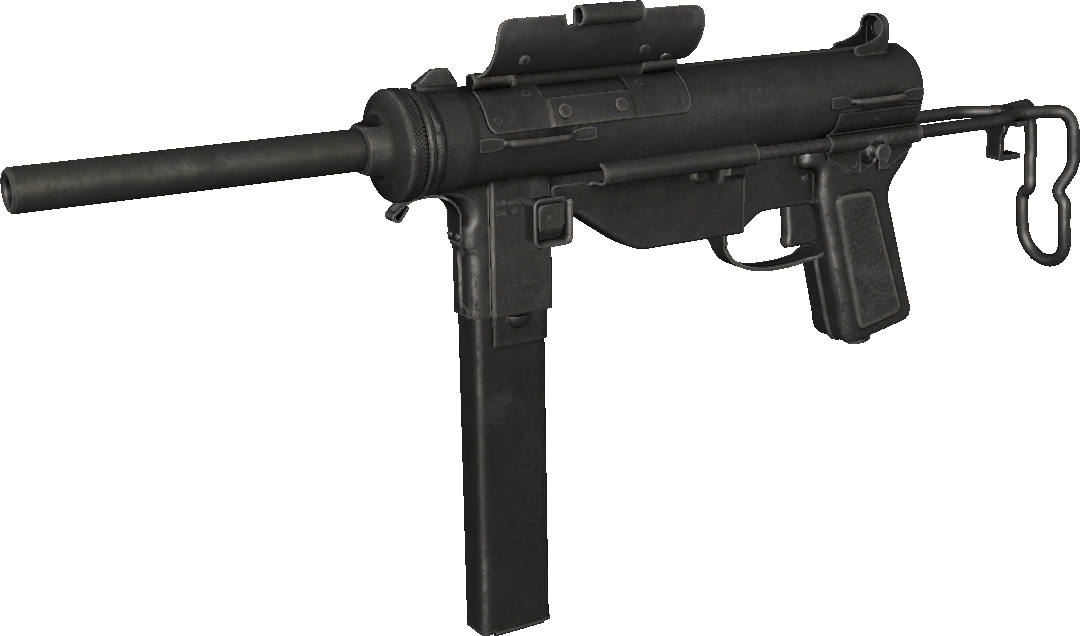 M3A1 Grease Gun |
 |
 Medic Medic Engineer Engineer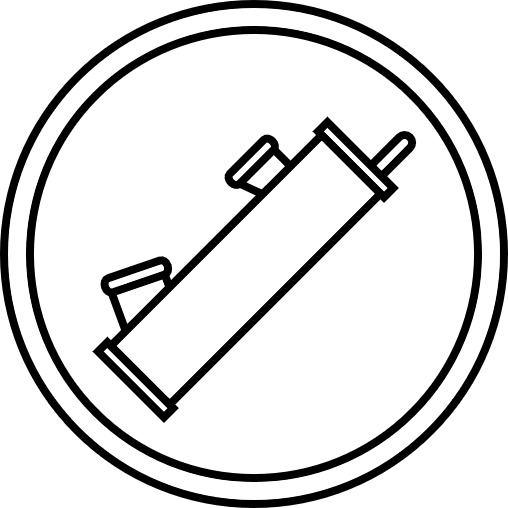 Radioman Radioman |
30 / 90 |
| Damage Base | Headshot × | Chest × | Stomach × | Leg × | Arm × | Reload Speed | |
|---|---|---|---|---|---|---|---|
| Partial | Empty | ||||||
| 39 | ×2.4 = 93.6 | ×1.3 = 50.7 | ×1.2 = 46.8 | ×0.8 = 31.2 | ×0.75 = 29.25 | 2.466 Seconds | 3.066 Seconds |
| Designation | Weapon Type | Fire Modes | Fire Rate | Bullet Spread ° | Range Modifier | Muzzle Velocity | Projectile weight | Weight |
|---|---|---|---|---|---|---|---|---|
| M3A1 | SMG | Auto | 450 RPM | 7.3° & 2.1° ADS | 0.95 | 280 m/s | 7.5 g (115.74 gr) | 3.61 kg (7.95 lbs) |
| Full name | Caliber | Place of Origin | Date | Manufacturer | Barrel Length | Total Length | Weapon Script Name |
|---|---|---|---|---|---|---|---|
| United States Submachine Gun, Cal. .45, M3A1 | 9x19mm | USA | 1943 | General Motors others |
8 in (203.2 mm) | 29.1 in (740 mm) stock extended / 21.9 in (556.3 mm) stock collapsed | weapon_m3a1 |
The M3, an American .45-caliber submachine gun, was adopted by the U.S. Army on December 12, 1942, as a cheaper and lighter alternative to the M1A1 Thompson submachine gun, although it sacrificed some accuracy. Nicknamed the "Grease Gun" for its resemblance to a mechanic's tool, it began frontline service in mid-1944 and saw use in the Korean War as the M3A1 variant. Intended to be replaced by the M14 rifle in 1959, which proved unsuitable due to its powerful recoil in full auto, the M3A1 was ultimately succeeded by the M16 in 1964. Despite being retired from frontline service after 1959, the M3A1 continued to be issued as backup weapons, notably for armored vehicle crews, until the mid to late 1990s.
HISTORY
In 1941, the U.S. Army Ordnance Board, impressed by the German MP 40 and British Sten submachine guns, initiated a study to develop a similar weapon in October 1942. The requirements called for a .45 ACP all-metal weapon with full and semi-automatic fire capabilities, fast production, and a low cyclic rate of fire. George Hyde of General Motors' Inland Division designed the weapon, resulting in the T20 prototype, which passed initial trials with high accuracy and reliability despite some magazine issues.
The T20 was approved for production as the M3 submachine gun at GM’s Guide Lamp Division, which produced over 600,000 units from 1943 to 1945. The M3, and its improved variant, the M3A1 introduced in December 1944, featured several enhancements for reliability and ease of use, eliminating problematic components and simplifying maintenance.
The M3 saw extensive use during World War II and the Korean War, eventually becoming the primary submachine gun for U.S. and South Korean forces. Despite early design issues and production delays, it replaced the Thompson submachine gun in many roles due to its cost-effectiveness and suitability for various combat environments. The M3/M3A1 remained in service until the Gulf War, primarily with armored vehicle crews.
In the Vietnam War, suppressed versions were made with removable barrels that can be installed after taking a standard barrel out, the former made by Guide Lamp.
SOURCE
